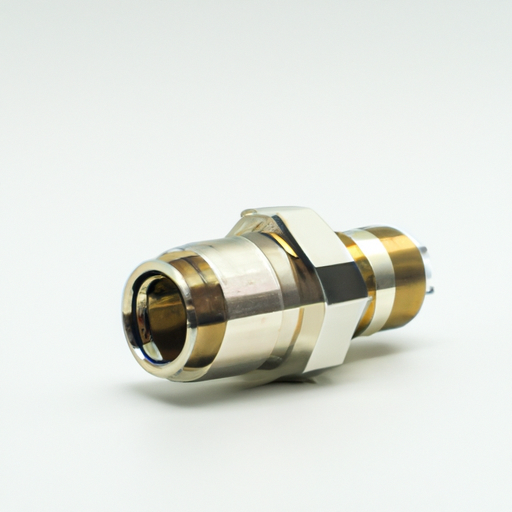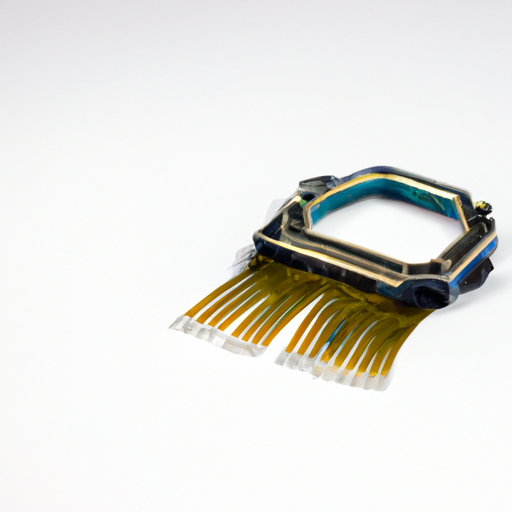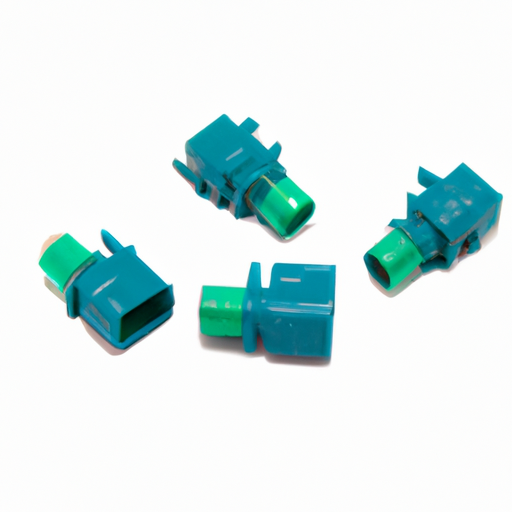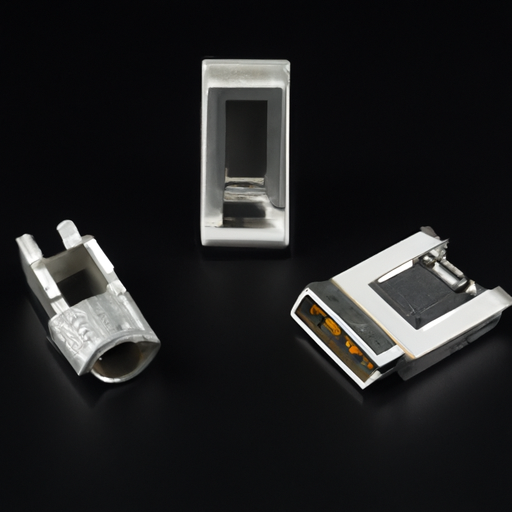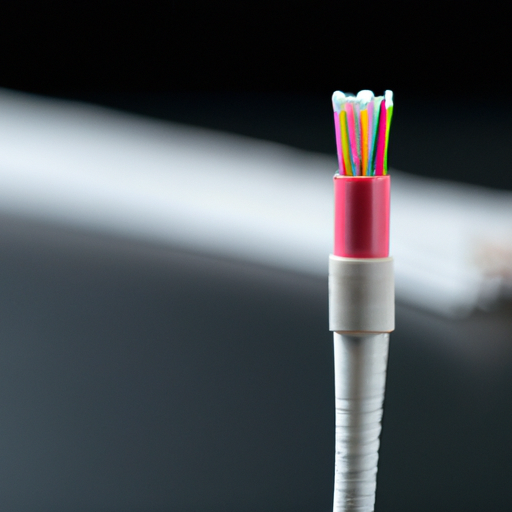1N5228B-T Coaxial Connector (RF) Contacts highlighting the core functional technology articles and application development cases of Coaxial Connector (RF) Contacts that are effective.
Overview of Coaxial Connectors (RF Contacts)
Coaxial connectors are critical components in radio frequency (RF) applications, facilitating the connection of coaxial cables to various devices while preserving signal integrity. These connectors are designed to minimize signal loss and interference, making them essential in telecommunications, broadcasting, and data transmission.
Core Functional Technologies
1. Impedance Matching: Coaxial connectors are engineered to match the impedance of the coaxial cable (commonly 50 or 75 ohms). This matching is crucial to prevent signal reflections and ensure maximum power transfer, which is vital for maintaining signal quality in RF applications.
2. Shielding: The coaxial design inherently provides excellent shielding against electromagnetic interference (EMI). This shielding is essential in RF applications where maintaining signal integrity is paramount, as it protects against external noise and crosstalk.
3. Low Insertion Loss: High-quality RF connectors are designed to exhibit low insertion loss, ensuring that the signal strength remains high throughout the transmission path. This characteristic is particularly important in long-distance communications where signal degradation can occur.
4. Durability and Reliability: Many RF connectors are built to withstand harsh environmental conditions, including extreme temperatures, moisture, and mechanical stress. This durability ensures long-term reliability, which is critical in mission-critical applications.
5. Ease of Use: Modern RF connectors often feature user-friendly designs that allow for quick and easy connections and disconnections. This ease of use is especially beneficial in testing and prototyping environments where frequent changes are necessary.
Application Development Cases
1. Telecommunications: RF connectors are extensively used in cellular networks, satellite communications, and broadband systems. For example, connectors like SMA and N-type are commonly employed in base stations and antennas to ensure reliable signal transmission and reception.
2. Broadcasting: In television and radio broadcasting, RF connectors are used to connect transmitters to antennas. The BNC connector is particularly popular due to its ease of use and reliable performance in high-frequency applications, making it a staple in broadcasting setups.
3. Test and Measurement Equipment: RF connectors are vital in laboratory settings for testing and measurement equipment. Precision connectors, such as 3.5 mm and 2.4 mm, are used in vector network analyzers and spectrum analyzers to ensure accurate measurements and reliable data collection.
4. Aerospace and Defense: In military and aerospace applications, RF connectors must meet stringent performance and reliability standards. Connectors used in these sectors often feature rugged designs and are tested for extreme conditions, ensuring they can withstand the rigors of operation in challenging environments.
5. Internet of Things (IoT): As IoT devices become more prevalent, RF connectors are increasingly utilized in wireless communication modules. Miniaturized connectors are essential for maintaining compact designs while ensuring robust connectivity, enabling seamless communication between devices.
Conclusion
Coaxial connectors (RF contacts) are indispensable in various industries, ensuring reliable and efficient signal transmission. Their core technologies, such as impedance matching, shielding, and low insertion loss, contribute to their critical role in modern communication systems. As technology continues to advance, the development of new connector designs and materials will further enhance their performance and applicability in emerging fields like IoT and 5G networks. The ongoing evolution of RF connector technology will play a significant role in shaping the future of wireless communication and data transmission.

